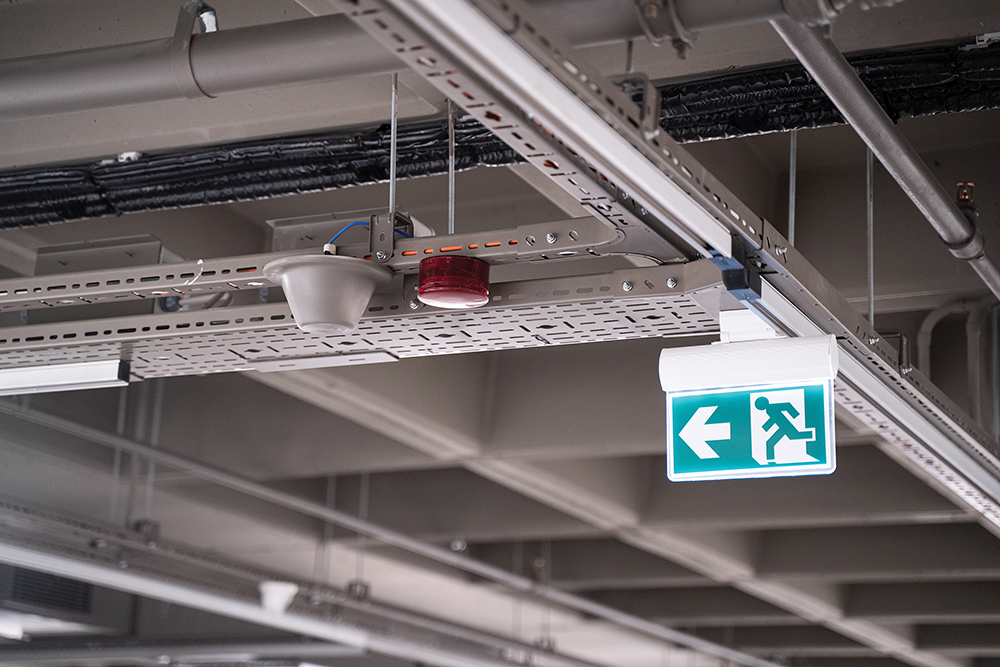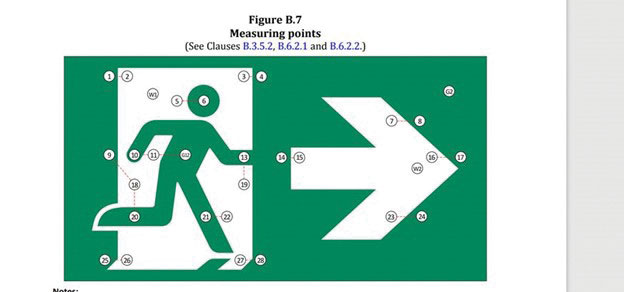Neutral grounding devices (resistors) are used to control the ground-fault currents and voltages to ground of alternating current systems. Earlier versions of the Canadian Electrical Code restricted the use of neutral grounding devices to systems that supplied only 3-phase loads (no single-phase loads). But the 2006 Canadian Electrical Code was revised to change all of that. Now single-phase loads are permissible with conditions.
Grounding devices other than resistors (reactors) do exist. However, these devices do not fit in very well with the requirements of CEC. Harmful transient voltages are likely unless ground-fault reactors are sized to permit fault currents of at least 25% of the available phase-to-phase fault current. This article assumes the use of grounding resistors.
When continuity of supply is a requirement by commercial/industrial customers, resistance grounding has a number of advantages over solidly grounded and ungrounded delta systems. When a fault occurs, the ground-fault current is reduced and therefore:
- mechanical stresses and damage to electrical wiring and equipment are reduced;
- arc flash, arc blast and line dips are reduced;
- line overvoltages are controlled; and
- as with an ungrounded delta system, an electrical system shutdown is not required if only 3-phase loads are supplied.
Ungrounded delta systems provide some of the same advantages, since the power supply need not be interrupted during a ground fault. However the temporary overvoltages occurring during ground faults shorten the insulation life of electrical equipment and wiring.
CEC Rule 10-1102(2) specifies that for electrical systems up to 5 kV, where only 3-phase loads (no single-phase loading) are supplied, neutral grounding devices must be sized to limit ground-fault currents to 10 amperes or less with visual and/or audible alarms. An immediate disconnection of the power supply is not required.
Rule 10-1102(3) specifies that when single-phase loads are supplied by a system grounded through a neutral grounding device, the system must be automatically de-energized if any of the following occurs:
- a ground fault;
- if the system neutral is inadvertently grounded; or
- any of the grounding connections become inadvertently disconnected.
Rule 10-1104 requires that neutral grounding devices must be approved. The devices must be continuously rated when systems are not de-energized on occurrence of a ground fault. A continuous rating is not required when systems are de-energized during a ground fault and the neutral grounding devices are adequately protected by coordinated upstream protection. The insulation rating of neutral grounding devices must be at least equal to the system line-to-ground voltage.
Rule 10-1106 also provides some electrical safety requirements for installation of neutral grounding devices:
- the devices must be enclosed or guarded and accessible only to qualified people;
- the devices must be located so as to minimize the possibility of damage by ground faults and allow effective dissipation of heat; and
- warning signs must be displayed at equipment locations such as transformers, generators, switchgear and metering equipment where accidental contact with the system neutral is possible.
Rule 10-1108 provides requirements for colour coding and connection of neutral grounding devices. The ampacities of connections between the system neutral and the grounding device and between the grounding device and the electrical system ground electrode must be the greater of 8 AWG and the current rating of the grounding device. The grounding conductor between the neutral grounding device and ground must be copper. When single-phase loads are supplied, the minimum size connections are 12 AWG.
As with previous articles, you should always consult with the electrical inspection authority in each jurisdiction as applicable for a more specific interpretation of any of the above.














Find Us on Socials